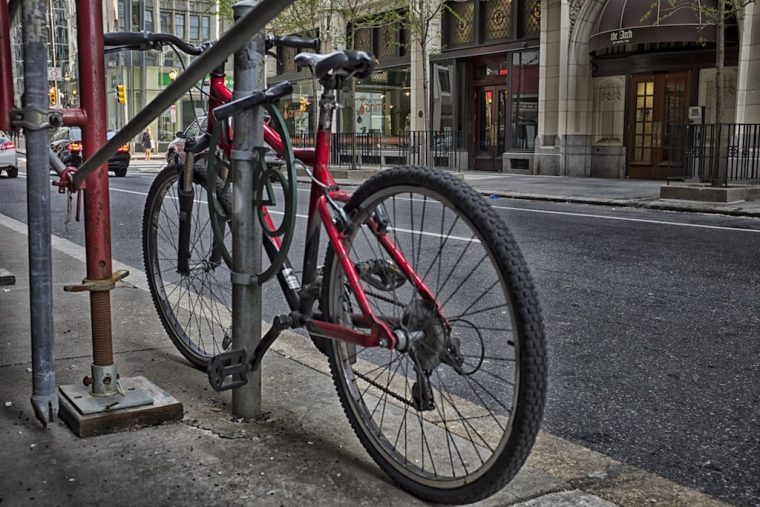Self-Driving Cars: What Do They Mean for Bicyclists?

Photo: Henk Sijgers
In order for self-driving technology to be safe on the roadways, those cars have to be able to navigate and predict movements of other vehicles. So where does that leave bicyclists?
Anticipating a bicyclist’s actions isn’t as easy as predicting the movements of other self-driving vehicles. For that reason, researchers at Waymo, Google’s self-driving car company, suggest that bicycles need to relay information to self-driving vehicles.
“You want to predict what [bicyclists] are going to do next,” said Nathaniel Fairfield, principal software engineer for Waymo. “Cyclists, like pedestrians, are some of the most vulnerable road users. And so we do want to treat them with extra caution and care.”
On today’s city streets, bicyclists are often put in harm’s way. Many drivers don’t respect them, forcing them off the road and, frankly, being a jerk to the bicyclists.
While many would assume bicyclists would be wary of self-driving cars, studies showed that bicyclists actually felt far more comfortable riding alongside self-driving vehicles than human-driven ones. Eric Boerer, advocacy director for Bike Pittsburgh shared his thoughts on the process:
“Honestly, I was predicting that people would be a bit more reluctant to ride around [self-driving cars] or would be a little more critical of them. People did feel much more comfortable riding next to autonomous vehicles than they did next to human vehicles. I mean, autonomous vehicles, they don’t get angry, they don’t have road rage.”
While self-driving cars are great at predicting the movements that cars make on the roads, anticipating bicycle patterns isn’t so easy. “Cars have a very regular pattern with the way they move,” explained associate engineering professor Anthony Rowe. “Whereas when people are riding bicycles … they tend to move in a slightly more erratic way. It’s much harder to predict.”
Rowe went on to explain that bicyclists tend to switch gears between acting like cars and acting like pedestrians. Bicyclists have the freedom to move from sidewalk to street and back again. This makes it much more difficult for a self-driving vehicle to anticipate the bicyclist’s every move.
To help solve this problem, researchers are working to help bicycles incorporate the technology to communicate with autonomous vehicles, including GPS units and laser range finders to relay exact positioning of the bicycle to the autonomous vehicles.
However, researchers can’t just slap random technology onto bicycles and hope it works. Precision is key; “Even hundreds of milliseconds helps,” explained Rowe. “Because if a car is going to slam on the brakes, it’ll slow down dramatically by the time it crashes into you.”
The research process begins with the bicycles themselves, learning about their whereabouts and incorporating communication technology into the bikes themselves. From there, the autonomous vehicles come into play as researchers determined how much information they actually need to create a safe environment for both bicyclists and motorists.
News Source: NPR

The News Wheel is a digital auto magazine providing readers with a fresh perspective on the latest car news. We’re located in the heart of America (Dayton, Ohio) and our goal is to deliver an entertaining and informative perspective on what’s trending in the automotive world. See more articles from The News Wheel.

